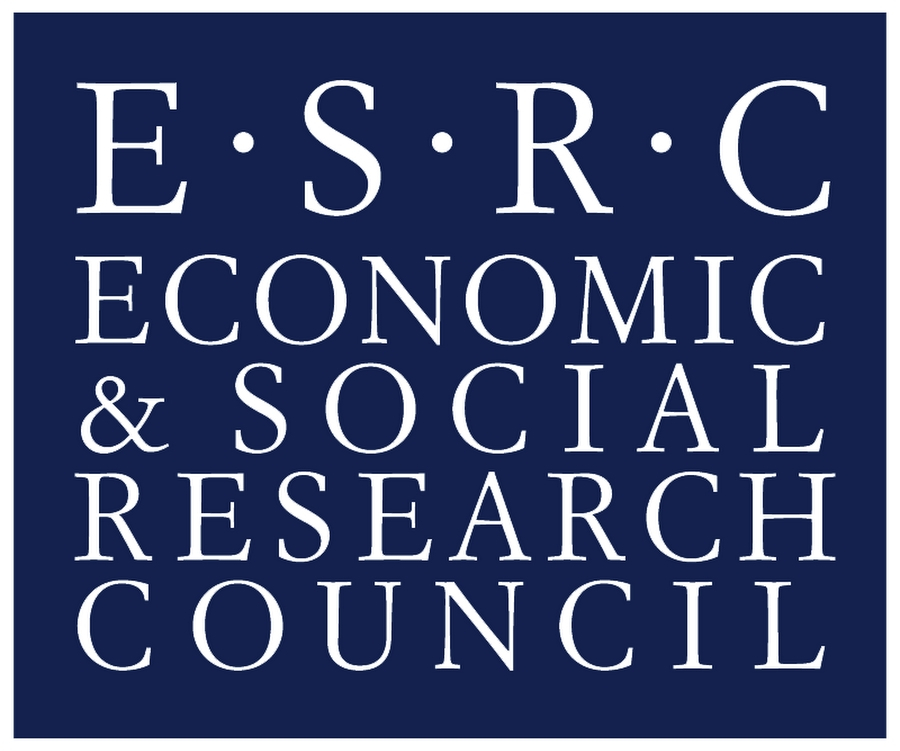
One major characteristic of the process of economic development is the movement of people from rural to urban areas. As a result, the percentage of population living in urban areas (the rate of urbanization) increases, with economic development usually going hand-to-hand with urbanization.
According to classical theories this process is related to economy-wide inequality in a non-linear way: inequality first increases, as countries urbanize, and then declines as urbanization proceeds. This non-linear relationship between income (and urbanization) and inequality is known as Kuznets’ inverted-U.
But economic development is also associated with a change — usually an increase — in the number, absolute size and distribution of urban areas. How is income inequality affected by the growth of cities?
In a new GPiD-Working Paper, I explore the role of cities in the evolution of income inequality at country level — an issue which is to date understudied. This is done relying on econometric analysis using panel data from 1960 to 2015 for 1,690 cities in 199 countries.
The analysis shows that beyond Kuznets’ hypothesis, there is a U-shaped relationship between average city size and inequality; inequality is expected first to fall and then to increase with average city size. This suggests that city growth may be desirable when cities are small, as inequality goes down.
Several mechanisms seem to explain this, including more access to basic services. However, this also means that increasing the size of already large cities represents a worrying risk of increasing inequalities. All in all, medium-sized cities appear to be more desirable for economic development: they may be associated with stronger long-run economic performance and with more cohesive societies.
David Castells-Quintana
David Castells-Quintana is currently Visiting Professor at the Department of Applied Economics of the Universidad Autónoma de Barcelona (UAB), and Adjunct Lecturer at the Study Abroad Program of the Fundació UAB.
Related readings
| GPID working paper 9 | David Castells-Quintana | Beyond Kuznets: Inequality and the Size and Distribution of Cities |

